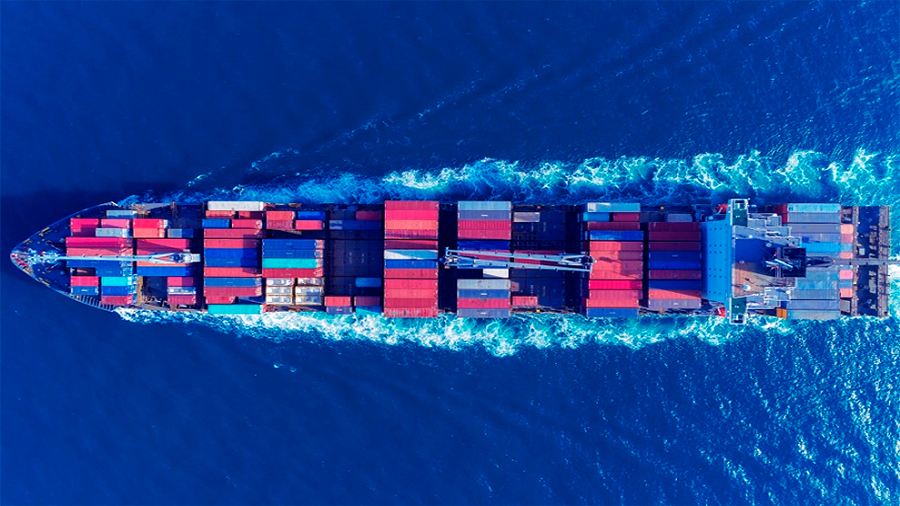Monopolies and Global Trade: A Barrier to Fair Competition
Trade is often presented as an open system where every participant competes on equal terms. Yet the reality of global commerce reveals something very different. Entire industries are controlled by a handful of corporations whose dominance extends far beyond pricing. Monopolies set supply terms, dictate trade flows, and even influence government policy. For smaller businesses, startups, or developing economies, this dominance creates barriers that no amount of efficiency or innovation can easily overcome. Understanding how monopolies shape global trade is essential for anyone who wants to see the hidden mechanics of the marketplace and why “free trade” rarely lives up to its promise.
How Monopolies Distort Trade
Monopolies are not just about high prices. They reshape the fundamentals of global markets. A single firm or alliance that controls raw materials, distribution networks, or technology can rewrite the rules of competition. For example, if only a few companies control container shipping, they can raise freight rates, restrict routes, or prioritize certain clients. Competitors without such influence are forced to absorb higher costs or lose access entirely. Instead of competition driving efficiency, monopolies limit choice and encourage dependency. The result is a trade environment where survival often depends not on innovation but on access to monopolistic structures.
Tactics Monopolies Use in Global Trade
| Tactic | Effect on Rivals | Effect on Markets |
|---|---|---|
| Predatory pricing | Smaller competitors pushed out | Prices fall short-term, rise long-term |
| Exclusive contracts | Rivals blocked from suppliers | Choice reduced, markets narrow |
| Supply control | Limits production access | Prices and flows manipulated |
| Political lobbying | Policy tilted toward monopoly interests | Regulations weakened or delayed |
Sector Examples of Monopoly Influence
The global economy provides many real-world illustrations of how monopolies distort trade. In technology, a few firms dominate chip manufacturing, and countries dependent on these chips are vulnerable to supply shocks. In agriculture, the consolidation of seed and fertilizer suppliers means farmers worldwide often have little choice but to buy from the same handful of companies. In logistics, shipping alliances now control the majority of global container traffic, influencing freight costs across continents. And in energy, fossil fuel giants maintain long-standing dominance, shaping both pricing and investment flows. These examples demonstrate how monopolistic control is not abstract but a daily reality that impacts prices, access, and stability.
Industry Snapshots of Monopoly Control
| Industry | Monopoly Power | Impact on Global Trade |
|---|---|---|
| Technology | Chipmakers concentrated in two regions | Dependence on few suppliers creates fragility |
| Agriculture | Seed and fertilizer giants dominate | Farmers face higher costs and limited alternatives |
| Logistics | Alliances control shipping routes | Freight rates subject to cartel-like pricing |
| Energy | Oil and gas multinationals | Prices and investments driven by few companies |
Government Policy and Regulation
Governments sit at the intersection of monopoly power and global trade. Some actively promote their national champions, giving them advantages in foreign markets. Others lack the capacity to regulate, leaving monopolies unchecked. International trade agreements sometimes lock in monopolistic benefits, for instance by enforcing intellectual property protections that disadvantage smaller producers. Anti-trust frameworks exist, but enforcement is uneven and often politically constrained. In practice, regulators in one country may act against monopolies, while another nation protects them. This patchwork allows monopolies to exploit loopholes and maintain dominance. The political influence of lobbying only deepens the problem, making trade rules serve the powerful few.
Consequences for Emerging Economies
Emerging economies face the sharpest consequences of monopolistic trade structures. Many depend on single suppliers for vital inputs such as fuel, seeds, or technology. When those suppliers raise prices or reduce output, entire economies suffer. Local firms cannot compete against global giants that enjoy economies of scale and political leverage. This limits growth, keeps industries underdeveloped, and entrenches dependency on imports. Monopolies also discourage local innovation: why invest in developing alternatives when global suppliers dominate access and undercut prices? The result is a cycle where wealth and control flow outward, while smaller economies remain vulnerable to shocks far beyond their control.
Effects of Monopolies on Emerging Markets
| Consequence | Explanation |
|---|---|
| Dependency | Reliance on one or two global suppliers weakens resilience |
| High costs | Limited competition inflates prices for inputs |
| Market fragility | Global price swings ripple quickly through small economies |
| Stunted growth | Local industries fail to scale against multinationals |
Different Format of Monopoly Influence: Narratives Instead of Cases
Beyond statistics and industry case studies, it helps to think about monopolies through everyday trade scenarios. Imagine a small coffee exporter in East Africa. They depend on a few shipping companies to get products to Europe. When those carriers raise freight rates or reduce service, the exporter has no alternatives and margins collapse. Or consider a farmer in South America tied to seed and fertilizer packages sold by just two multinationals. Every planting season, they face higher costs, with little bargaining power. These narratives illustrate the lived reality of monopoly power in trade, where the impact is not just measured in charts but felt by individuals navigating unbalanced markets.
Looking Forward
As digitalization transforms commerce, new monopolistic risks are emerging. Large technology platforms now control payments, logistics, and even cross-border marketplaces. These firms are building dominance as critical as that of oil companies in the 20th century. At the same time, global institutions are beginning to consider collective responses, from digital trade standards to cross-border antitrust cooperation. Diversifying supply chains, investing in local industries, and ensuring transparency in pricing are all measures being explored. However, the pace of reform remains slow compared to the speed at which monopolies consolidate. Without stronger global coordination, trade will continue to reflect the interests of a few dominant players rather than the principle of fair competition.
Conclusion
Monopolies are not just market quirks; they are systemic barriers in global trade. They distort pricing, reduce competition, and place smaller economies and firms at a permanent disadvantage. The tables show the tactics monopolies use, their control across industries, and their damaging effects on emerging markets. Narratives of exporters and farmers illustrate how these imbalances touch daily lives. Looking ahead, solutions exist but require political will, international coordination, and recognition that unchecked monopolistic power undermines the very idea of trade as a driver of shared prosperity. Until that happens, global commerce will remain tilted in favor of the few, leaving the promise of fair competition unfulfilled.


